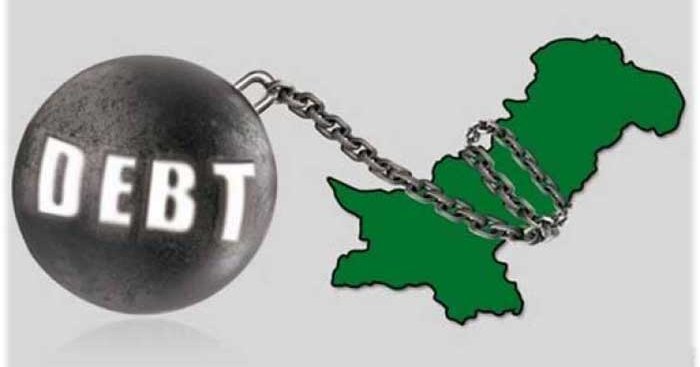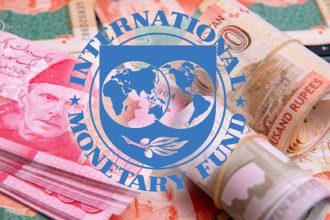Pakistan’s overall debt and liabilities have increased by Rs12 trillion, i.e., 23.7%, in the first quarter of the current fiscal 202=3.
Financial experts attribute the increase to a delay in a loan tranche from the International Monetary Fund (IMF) and the currency’s depreciation.
According to figures released by the State Bank on Wednesday, the debt and liabilities amounted to Rs62.46 trillion in July-September of FY2023, up from Rs50.49 trillion in the same period of the previous fiscal 2022.
The nation’s debt surged by 24.7% to Rs59.37 trillion, while total liabilities jumped by 23% to Rs3.56 trillion.
Fahad Rauf, the head of research at Ismail Iqbal Securities, stated that the majority of the growth in debt originated from external sources. Primarily the $1.2 billion loan tranche from the IMF and the impact of the rupee’s devaluation on total external debt.
The domestic debt of the government grew by 18.7% to Rs31.40 trillion. However, according to data from the State Bank of Pakistan, the foreign debt in July-September FY2023 was Rs17.99 trillion, an increase of 30.2% over the prior year (SBP).
Total external debt and obligations increased by 33.4% to Rs28.94 trillion.






